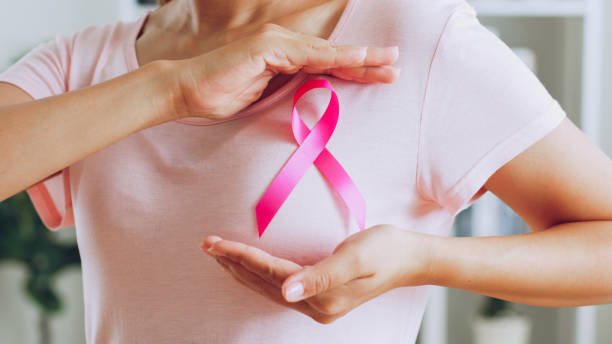
Why Support Matters: How Many Women Breast Cancer Really Affects
Your support isn’t just a nice gesture; it can literally save a life. The statistics about breast cancer are grim,

Your support isn’t just a nice gesture; it can literally save a life. The statistics about breast cancer are grim,

What to Pack in Your Treatment Bag: A Breast Cancer Warrior’s Checklist Facing treatment can be overwhelming, but packing your

Navigating Relationships During Cancer: What to Say, What to Ask, What to Do A breast cancer diagnosis changes everything—not just
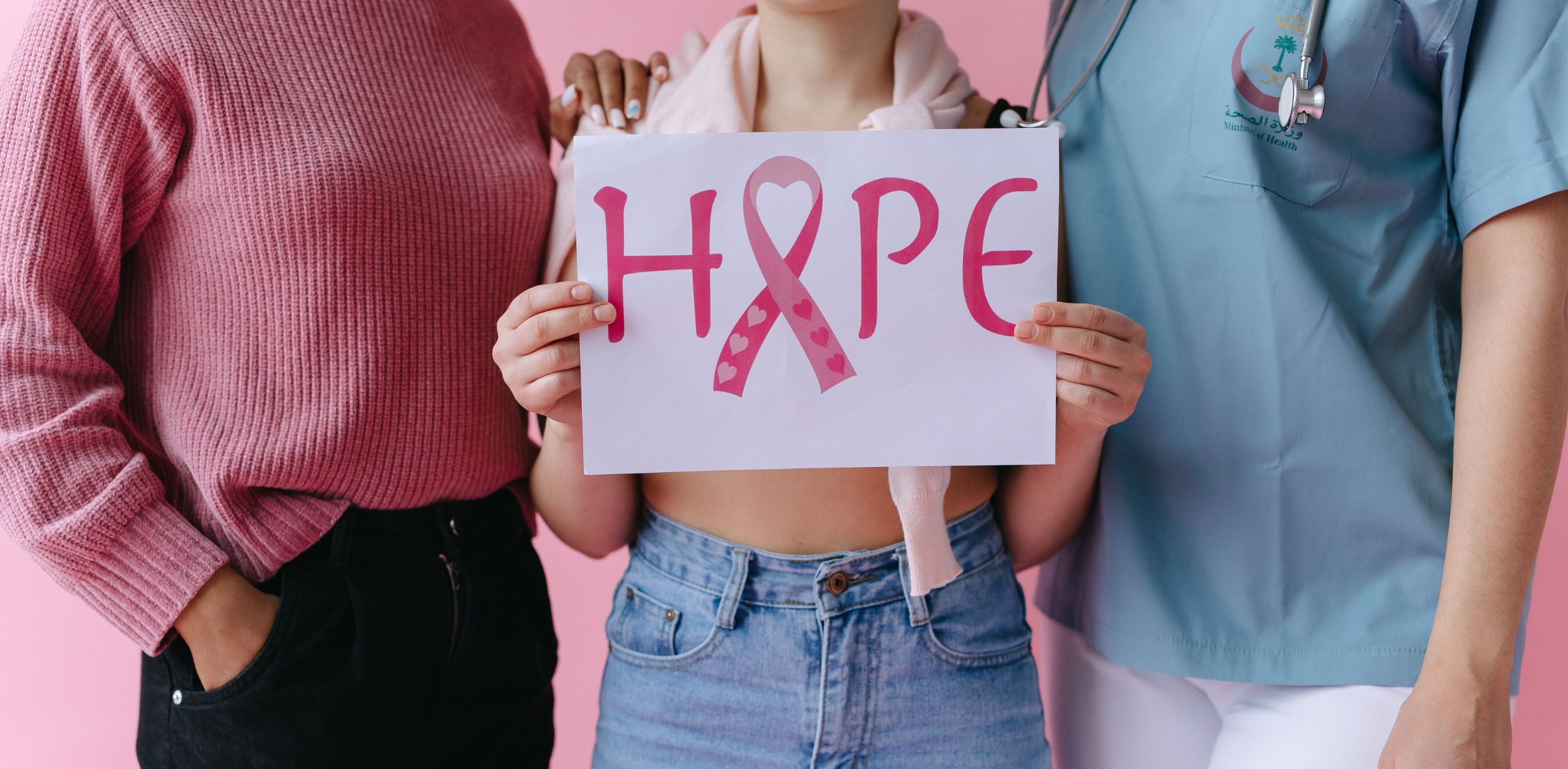
Post-Treatment Plan: What Recovery Actually Looks Like 6 Months Later When breast cancer treatment ends, many assume the hardest part

The Cost of Cancer: What No One Talks About and How We Help When most people hear the word “cancer,”
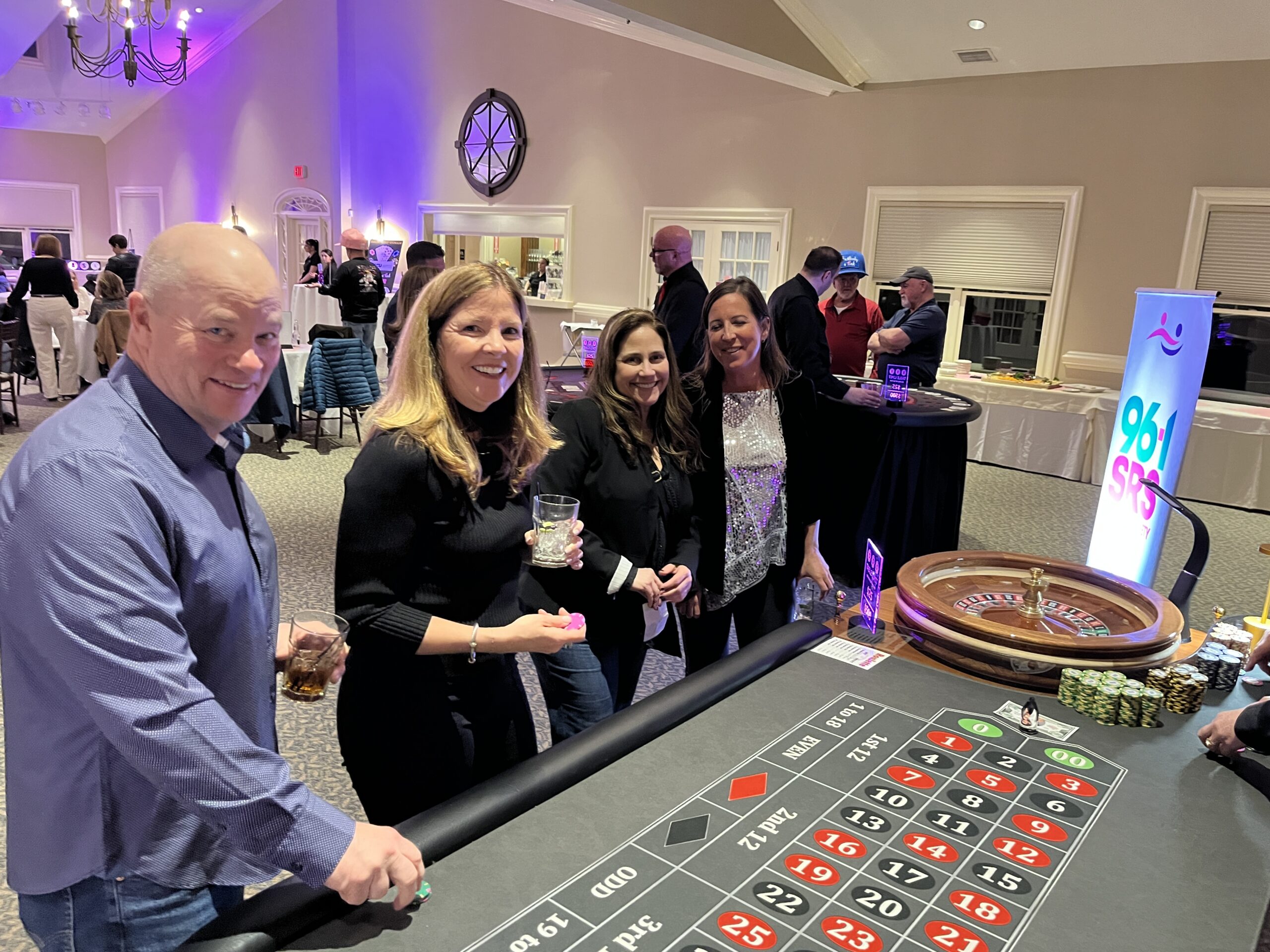
Blackjack, Big Hearts, and a Beautiful Cause: Casino Night 2025 Was One to Remember From the moment guests walked through
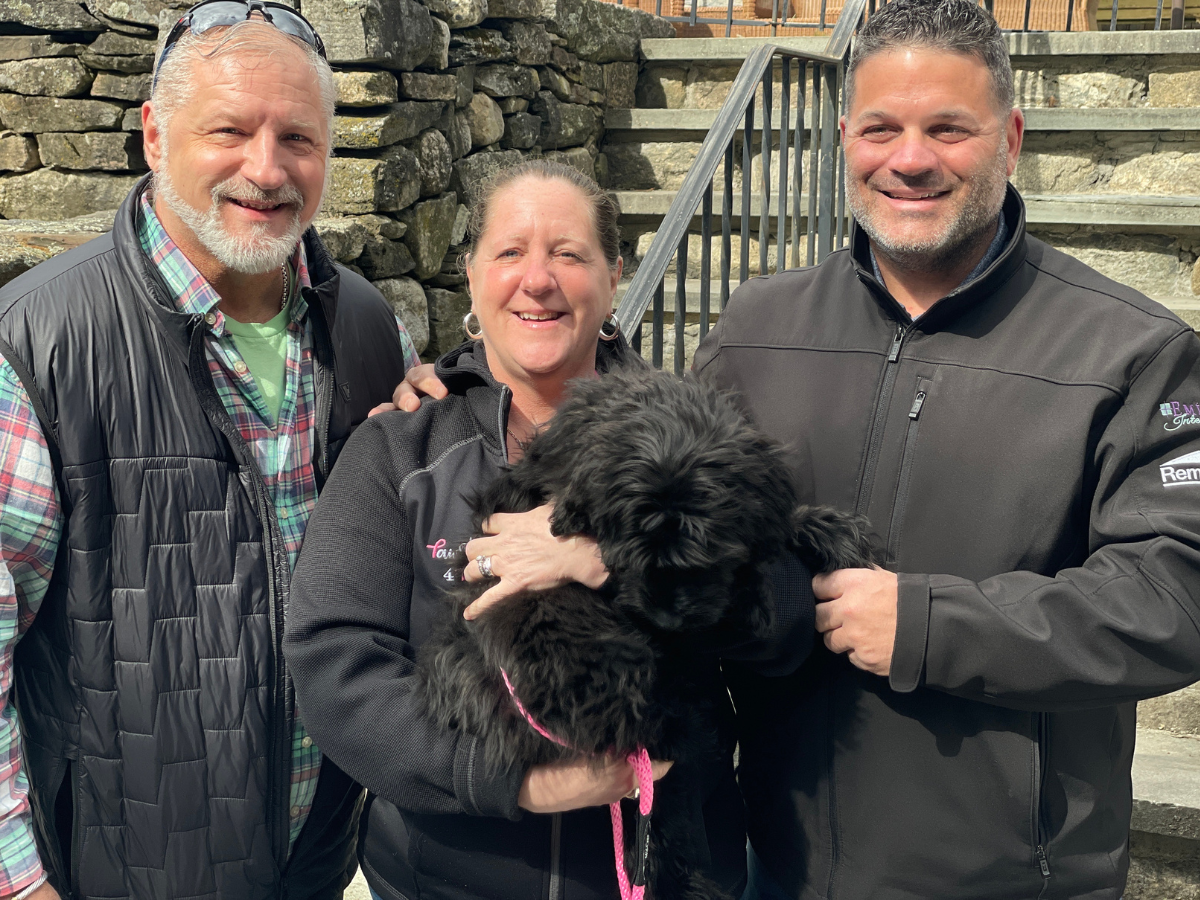
The Healing Power of Movement At Pawsitively 4 Pink, we believe that healing is more than just medical treatments—it’s about
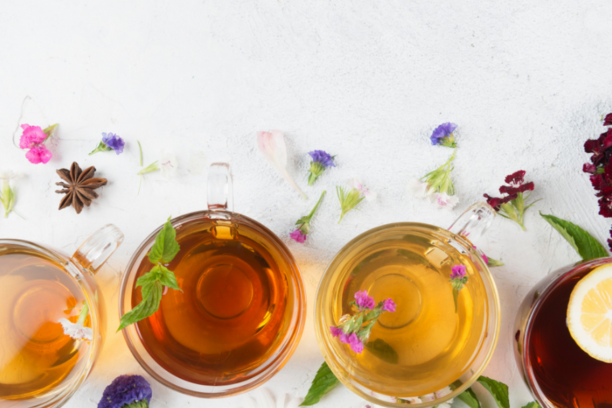
Finding Peace in Your Cup: The Best Calming Herbal Teas for Stress Relief At Pawsitively 4 Pink, we understand that
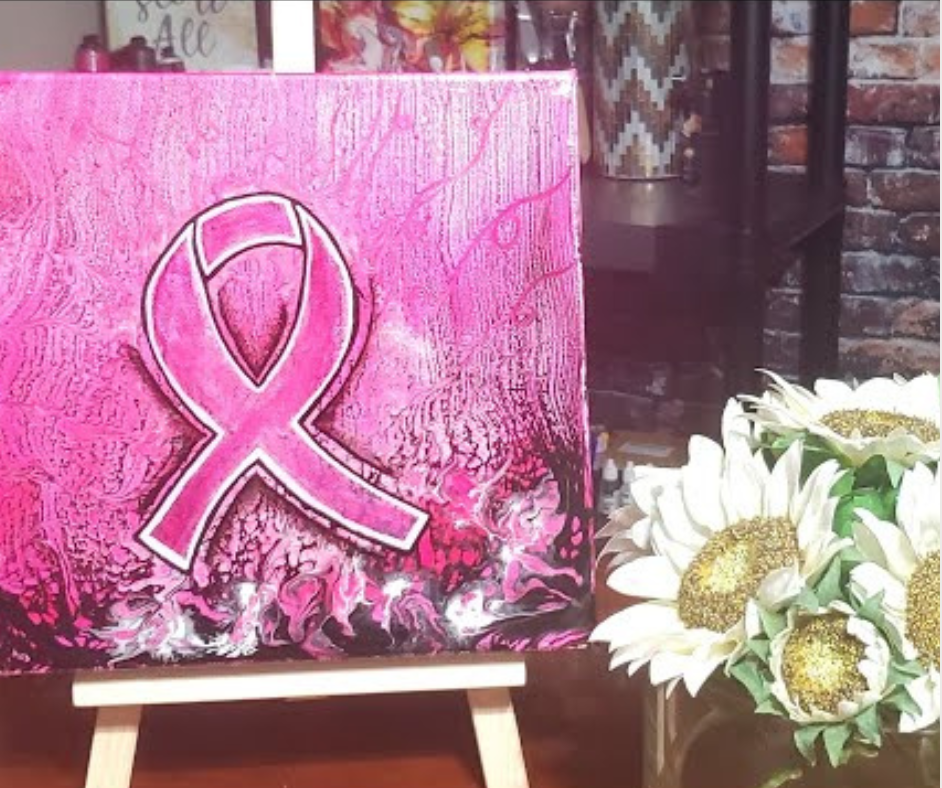
When it comes to supporting breast cancer awareness and research, thinking outside the box can lead to incredible results. At
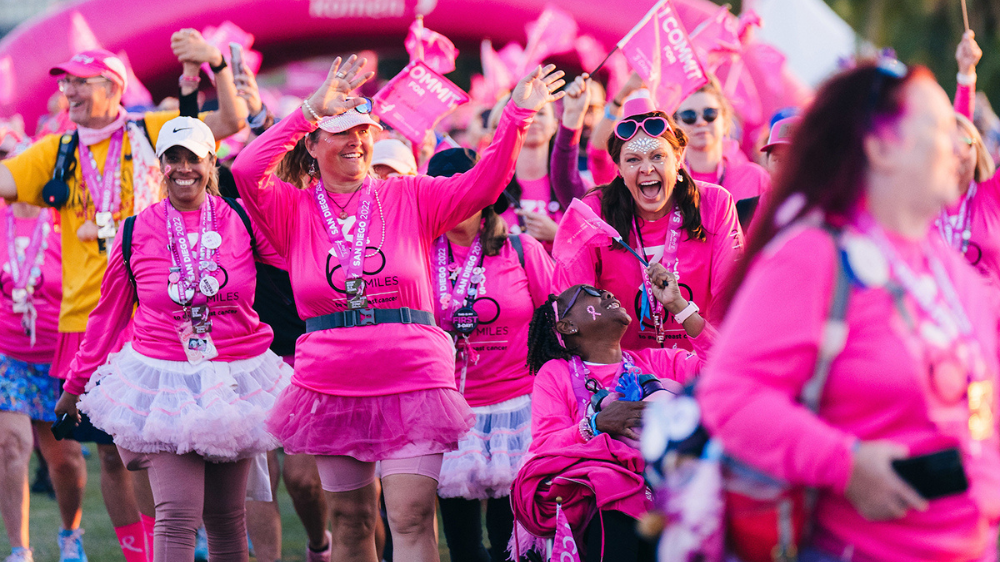
Valentine’s Day Activities to Boost Recovery and Build Community Valentine’s Day is often associated with romantic love, but it’s also
We use cookies
We use cookies and other tracking technologies to improve your browsing experience on our website, to show you personalized content and targeted ads, to analyze our website traffic, and to understand where our visitors are coming from. By browsing our website, you consent to our use of cookies and other tracking technologies.